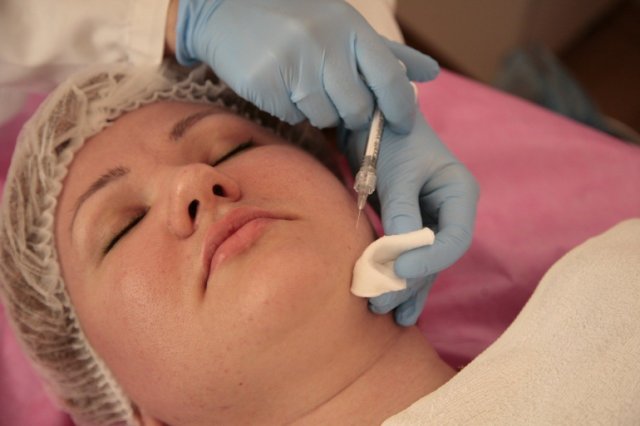The woman enters the beauty center with high hopes, sees a person wearing a white coat, so she trusts her, although she did not choose it for a reason other than that it fits her budget. It happens every day, and despite warnings about the risks associated with plastic surgery, cosmetic procedures are becoming increasingly popular.
While there are no accurate records of plastic surgery surgeons, the approximate calculations in America alone count about 6 million Americans who traveled for plastic surgery in Europe and the Middle East in 2010, and the number tripled in 2017, as more than $ 6.5 billion was spent on breast and eyelid surgeries. .
Problems arise after the patient returns home. In the event of surgical failure, it is often difficult for patients to obtain adequate compensation for malpractice in many countries.
An unsecured adventure results
A group of researchers at the University of Zurich Hospital conducted a 2016 study, "Complications of Plastic Surgery", which included 109 women, with an average age of 38 years, who performed plastic surgery in Central and Eastern Europe and the Middle East.
The study examined emergency or post-operative plastic surgery cases between 2010 and 2014. Cases were grouped according to the type of surgery: breast surgeries, body contour sculpting, face surgeries, injections, etc. such as hair transplantation.
The side effects appeared on the women during a period ranging from 15 days to 5 years, and most of the patients underwent immediate surgeries due to acute infection, or hematoma eradication, some of them needed treatment with antibiotics, others were forced to undergo surgery to eradicate the transplanted parts, and 37% of cases entered the care room Concentrated for several days, during which we spent approximately the same cost of the operation.
The hematoma is the most common complication after plastic surgery, and its eradication is one of the most dangerous surgeries, especially as it grows quickly. It is followed by "serums" or "intravenous fluids" in which body fluids accumulate and are common with abdominoplasty.
According to a report from the University of Michigan, 100% of cases lose their body sensation after the plastic surgery procedure, and in some cases it returns after two years have passed, and it remains always at 15%, a sign of nerve damage.
The possibility of women who underwent cosmetic procedures is also common with blood clots in the deep veins that are common in the legs, and cause pulmonary embolism that impedes airflow from the lungs, and these clots can be fatal, and increase the possibility by a factor of 5 in the case of a woman undergoing more than one operation.
As with any surgery, some blood is expected to be lost, which may cause a decrease in pressure, with common odds of death not only occurring during the operation, but also afterwards.
Laser high beauty
Laser hair removal sessions have become very popular in recent years. While there are no Arab statistics on these procedures, nearly half a million American women underwent these sessions by dermatologists in 2011, the last year for which figures are available, according to the American Society for Dermatology.
In "Please Don't Die Trying to Become Beautiful", Dr. David Rahimi warns of laser spreading as a treatment for skin peeling and whitening, acne, and hair removal, and he cautioned about centers that use before and after cosmetic images, For the sake of safety, topical treatments are recommended for little harm.
These laser procedures can cause burns, scars, skin color imbalances, eye injuries, and infection as a result of almost any laser treatment. Distorted injuries may also result, and the condition rarely dies. According to the National Center for Biotechnology Information, these side effects are expected based on the properties of the laser itself, which the doctor may use to benefit the patient.

